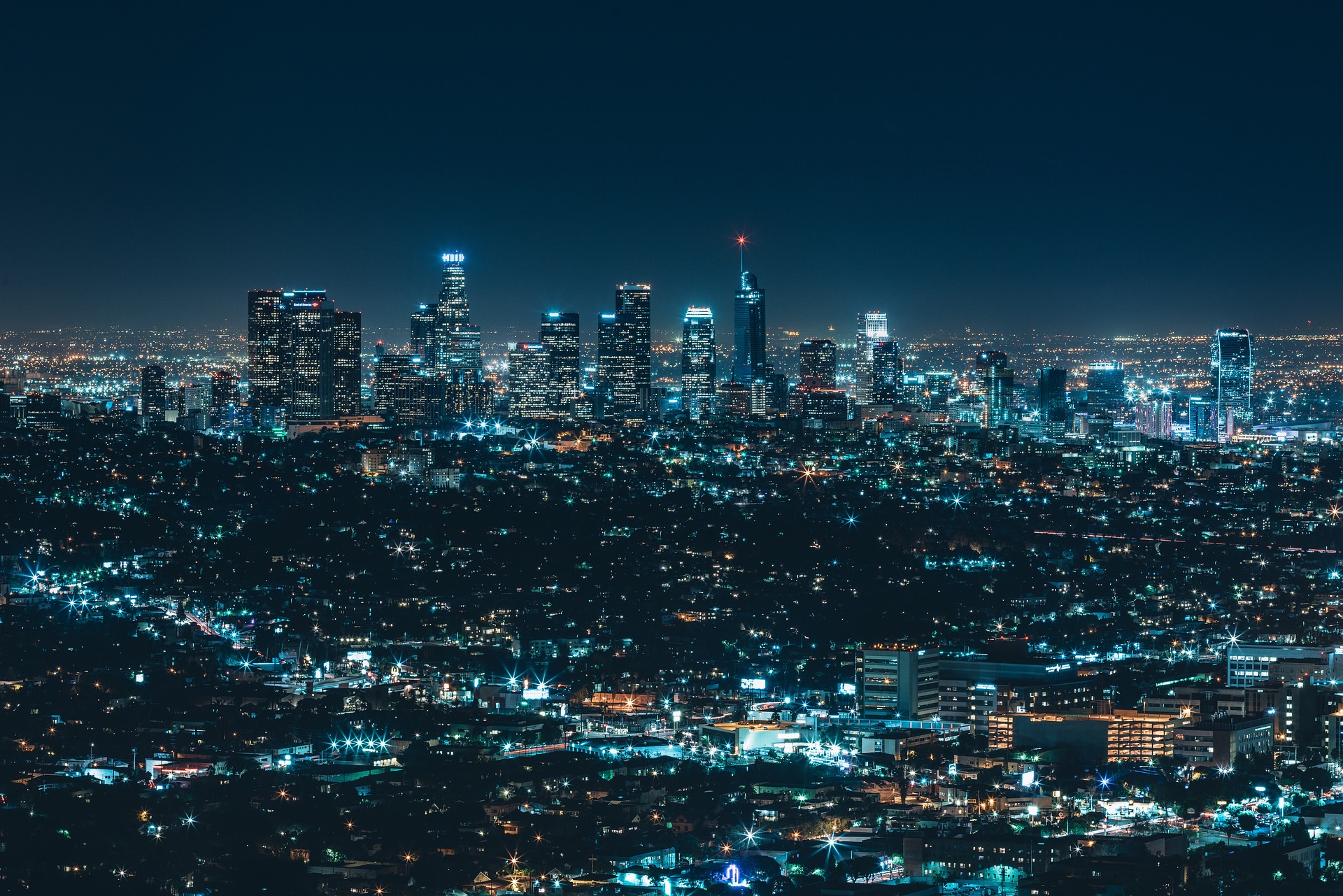This is defined as the physical landscape of an urban area which can be split into physical and human factors
Human- land value, infrastructure
Physical- topography, near a natural water source, an abundant supply of natural resources, rock type
Land use between HIC and LIC
- Both Mumbai and London have a CBD which is located near a water source as this would have been the focal point for urban sprawl to take place. The difference is that in London, the company’s headquarters have international operations whereas in Mumbai is companies are likely to have a national or regional influence. Also, the quality of the skyscrapers in London will be much better with double glazed windows and insulated cladding to reduce heat loss and its contribution to the urban heat island effect.
- The suburban areas in Mumbai are likely to be mainly occupied by factories according to the Burgess model. This is because the land is much cheaper according to the bid rent theory [ the idea that land value is cheaper the further away from the central business district] and is within close proximity to the headquarters in the CBD. Also, its central position makes it easier for workers to commute two infront the rural urban fringes. In London, the suburban areas are likely to be filled with residential developments like flats and housing estates full stop these are usually occupied by immigrant workers so that they are better able to seek employment opportunities.
Types of urban form
Town centre mixed developments
this is when town centres often have multiple industries within them like Covent Garden which has a shopping centre and hospitality sector. This differs from traditional urban form where each town was associated with a particular industry.
Edge cities
these are cities which form beyond the metropolitan boundary. This is limited in London due to the active green belt policy, but there are over 20 edge cities in LA like Beverly Hills. These have formed due to increased car ownership which allows people to commute into the town centre from further out
Gentrified areas
these are areas which have experienced gentrification which is when affluent residents move into a deprived area which attracts inward investment.
| Positives | Negatives |
|---|---|
| Boost infrastructure | Increased congestion and pollution |
| More economic activity | Creates the polarisation of wealth between rich and poor |
| Improved services | Increased pressure on utilities like sewage |
| Often destroys the local identity turning the place into a clone town like Brixton |
Fortress developments
These are developments with security in mind.
| Positives | Negatives |
|---|---|
| Have high levels of security like door codes and electric fencing | Residents act hostile towards outsiders when they leave their area even if they are geographically near |
| Allows people of similar interests to live together called common interest communities (CIC) | Weak security like door codes can easily be accessed by nefarious groups |
| Governments save money as maintenance of roads and sewage is up to the residents thus saving taxpayer money | Children won’t be able to experience the outside world |
| Some offer services to the public like access to gyms pools and libraries, | Residents less likely to get involved with outside community events |
| Low crime and homeless population | Outsiders will act hostile towards the residents as it creates a physical barrier |
| A high sense of prestige and success |
Post modern western cities
This is a city that has on the gun social and economic development in the 21st century. Signs of a post-modern western city includes unusual architecture which prioritises aesthetics over functionality like the cheese grater or the Gherkin. High levels of socio-economic inequality despite much of the sector of employment in tertiary and quaternary sectors. For instance, in London, the top 10% are 17.2 times richer than the bottom 10%. Has diverse populations with many cultures.
